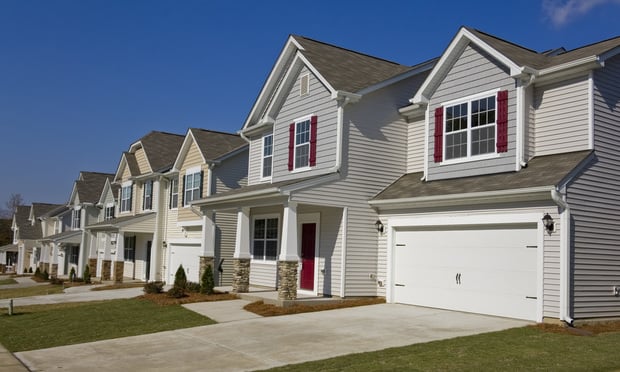In today's highly competitive rental market, connectivity plays a key role in attracting and retaining tenants. Fast, uninterrupted connections—including cell coverage, WIFI, security, and internet— are make-or-break amenities for both residential and commercial tenants. Unfortunately, technological deficiencies are often only addressed due to complaints, resulting in unnecessary costs and unhappy occupants. With a strategic approach to connectivity, you can improve tenant satisfaction and NOI.
Cell Coverage
New screening technologies allow owners, or would-be owners, to evaluate and map cell coverage and capacity from all carriers across their entire site and identify problem areas. Recently, a retail mall was struggling with foot traffic in its food court. Cell coverage mapping revealed a dead zone in that area—a common place for shoppers to sit and check their phones. By rectifying the gap in coverage, management was able improve a key metric for leasing efforts.
Recommended For You
Tenants expect solid signal from the parking structure to their leased space and in common areas as well. It's no longer adequate for property managers to roam the site with a cell phone to check for reception. With cell coverage mapping, gaps in coverage can be addressed before they become a source of frustration.
WIFI
Can your residential tenants work and shop online by the pool without disconnecting from their private, at-home VPN? Can your office tenants stream a web-based presentation in the lobby? Tenants, and their guests and customers, expect seamless internet access via WIFI throughout the property. Unfortunately, tenant WIFI networks often interfere with each other and sometimes with the building network as well.
With new approaches in WIFI technology, building owners can offer centralized, secure WIFI networks that are available throughout their entire property. In exchange for a small technology premium, landlords can often provide stronger, faster, secure, WIFI at a lower cost than tenants could procure individually. In some cases, landlords can further monetize these amenities by tolling internet service providers. This is an opportunity to improve tenant experience and increase revenue simultaneously, one many property owners miss because they take a passive approach to building technology.
Internet Access
Data consumption continues to increase, especially as remote workplaces become more common. Is your technology infrastructure keeping up? Taking a proactive approach in this area can improve tenant experience, improve occupancy, and increase revenue.
Centralized networks in both multifamily and office properties allow landlords to offer turnkey, internet-ready spaces. Particularly in office properties, outfitting a tenant space with the desired communication and internet systems is often a significant delay to occupancy. If a centralized, secure, high speed network is already in place, the tenant has a streamlined move-in experience and the landlord may begin collecting rent sooner.
As with WIFI, landlords may charge a technology premium for this service and still deliver better internet service at a lower cost than individual plans would allow. Furthermore, as gatekeeper to internet consumers, they may charge internet service providers for access as well.
Competitive Advantage through Building Technology
The rental market is competitive in every sector, with little play in rental rates. Operating margins are tight. Building technology is one area in which owners and managers can still have an edge. Even better, with a strategic approach to building tech, offering the connectivity that attracts and retains tenants can also provide sources of additional revenue. Unfortunately, investors, owners, and developers often struggle to recognize or act upon technology opportunities due to lack of expertise or manpower. Even tech savvy CRE players may be at a loss when entering a new market where they are unfamiliar with local providers. Working with a building technology consultant can help you bridge these gaps.
A qualified building technology consultant will have expertise in commercial real estate as well as current trends and standards in building technology. They should have a broad network of technology providers, and not only direct you to the appropriate resources but advise you in negotiating and contracting for technology services. They can help you avoid the time-consuming process of identifying local providers in each market. This will expedite the implementation of technology strategies and help you get the maximum return on your technology investments.
A technology strategy begins with a Building Technology Assessment (BTA). A BTA provides a detailed inventory of the tech systems in your building and identifies deficiencies and opportunities: the data you need to leverage your building tech for competitive advantage.
© 2025 ALM Global, LLC, All Rights Reserved. Request academic re-use from www.copyright.com. All other uses, submit a request to [email protected]. For more information visit Asset & Logo Licensing.








